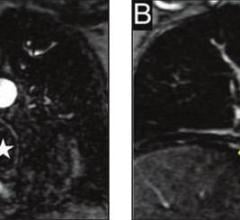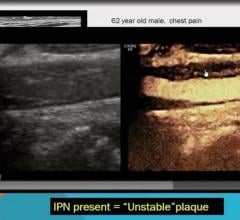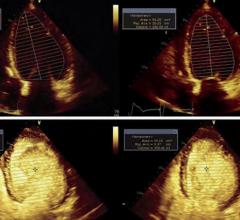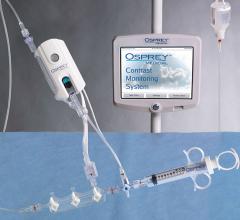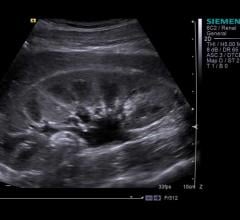April 12, 2007 — Researchers at Mount Sinai School of Medicine have invented a new imaging technology that may hold the key to not only stopping heart attacks in their tracks but also preventing them from occurring, ANI reported.
Using multidetector computed tomography (CT) imaging along with a novel contrast agent known as N1177, the researchers — headed by study author Zahi A. Fayad, PhD, FAHA, FACC, professor of Radiology and Medicine — were able to detect dangerous, high-risk plaque that cause heart attack and stroke.
Vulnerable, high-risk plaque is rich in macrophages, cells that can rupture without warning, eventually causing a heart attack or stroke.
"Early identification of high-risk plaque in coronary arteries may be useful to prevent cardiac events but one major hurdle in detecting high-risk plaque is the lack of an imaging modality that allows physicians to see the composition of dangerous plaque," said Dr. Fayad. "Coronary CT imaging has advanced the diagnosis and prognosis of heart disease. But, what if we had the opportunity to prevent a heart attack from happening? This modality may allow us to do just that.”
A team of researchers led by Dr. Fayad tested an iodinated nanoparticulate contrast agent called N1177 for the detection of macrophages in an animal model with 64-slice CT.
High-risk plaque in this animal model contained high levels of macrophages, which are similar in size and content to human coronary plaques.
Researchers compared the enhancement of macrophage rich plaque after the injection of N1177 and a conventional CT contrast agent. The enhancement of the macrophage rich plaque after the injection of N1177 was significantly higher and specific inside of the vessel wall than after injecting the conventional CT contrast agent.
"We were amazed at these results. The introduction of N1177 allows us for the first time to look directly at the coronary arteries and pinpoint these dangerous, heart attack causing plaque," said Dr. Fayad.
The Mount Sinai researchers also believe this development may have broader clinical implication.
"N1177-enhanced CT will be helpful for diagnosis and prognosis of disease states. In the future, this technology may allow for the targeting of macrophages to specifically dispense therapeutic agents to disease tissue," they said.


 August 17, 2023
August 17, 2023 
